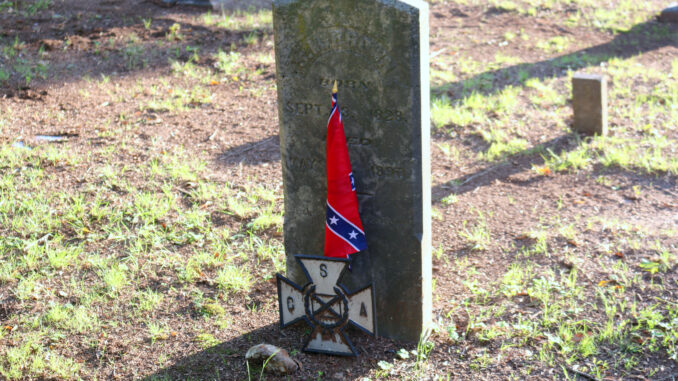
The National Park Service has launched a year-long study of historic sites relevant to the study of the Reconstruction era.
“The Reconstruction Era is a crucial piece of the nation’s history, with deep ties to the Civil War that reach into the Civil Rights Era and beyond,” National Park Service Director Jonathan B. Jarvis said in a news release. “This theme study will identify nationally significant sites and buildings related to the Era of Reconstruction and help educate all Americans about this often-ignored or misunderstood period in our rich history.”
The era is interesting as the country looked to reconcile following a bitter conflict that left more than 600,000 people dead. But, the NPS does not have any sites dedicated to telling the story of Reconstruction.
Congress passed the nation’s first federal civil rights laws, and the 13th, 14th, and 15th amendments to the Constitution. But, by the turn of the 20th century, southern states had implemented Jim Crow laws.
“Some people don’t see it as a positive time. Others see it as a time maybe not well-liked or received by some Americans,” the Moultrie News quoted Mike Allen, a community partnership specialist with the National Park Service, as saying. “But the reality is it did occur and is part of the fabric of America. It is our responsibility to share what we know about that time.”
He added: “Perhaps through this process will come a better awareness and tools for education. There very well might be some areas, historic areas, eligible for the National Register or sites that may rise to the level of National Historic Landmark status.”
Scholars’ opinions about Reconstruction and its impact on the nation have changed in recent years.
“The old interpretation was that it was a disaster, that they did too much too soon and people weren’t really ready and it was mostly a negative thing,” The Associated Press quoted Robert Sutton, the NPS’ chief historian in Washington, as saying. “In the last 50 years, the research has been the complete opposite and that it was a very progressive program that did tremendous good and the real tragedy was that it ended.”


